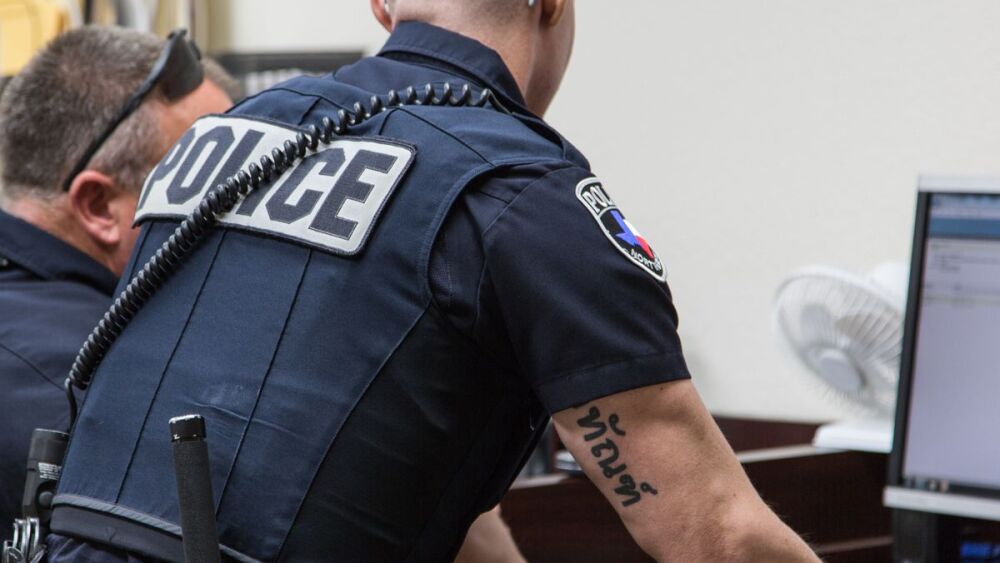Body-worn camera footage is incredibly valuable not just for evidence collection or increasing police transparency, but also for improving many aspects of law enforcement agency practice. Risk management, training and employee evaluations are three ways law enforcement agencies can integrate BWC footage into daily operations.
BWCs are often viewed as a law enforcement accountability tool. BWC footage is generally gathered and used to protect officers and the citizens they serve; however, many agencies are exploring additional ways to leverage the BWC footage collected. Below are three ways to integrated BWC footage into law enforcement operations.
1. Risk management
There is a degree of risk with every business component within a law enforcement agency; whether it is a realignment of the agency’s organizational structure, promoting a captain to a commander, or implementing a new technology like body cameras. While there are several ways in which BWCs can be a risk management tool, let’s focus on officer compliance.
According to an August 2018 Bureau of Justice Assistance study, “agencies allow first-line supervisors to access and review BWC footage as part of administrative investigations, such as in response to a citizen complaint or use of force.” The study further describes that supervisors review BWC footage systematically or randomly to ensure general officer compliance with procedures and agency directives.
An article in Police Chief Magazine outlines a five-step process for how to assess footage through deconstruction and establishing key performance indicators. Once created, supervisors are essentially able to go through its checklist to make sure the officer did everything in alignment with policy and procedure from checking on victim welfare to determining what (if any) weapons were involved with the incident – this checklist will vary depending on the type of call for service.
Using BWC footage as a risk management tool for officer compliance is a tremendous agency benefit. Performing regular and on-going officer compliance reviews will help reduce litigation threats and improve job performance.
2. Officer training
There are myriad ways in which law enforcement agencies can leverage BWC data into police training, and there are advantages to doing so. Let’s explore the advantages.
Besides its cost-effectiveness, there are several advantages for officers to review their agency’s BWC footage for training purposes. Reviewing BWC footage will give officers the opportunity to examine positive and negative citizen encounters. This is advantageous because it allows officers to take a step back and see what methods an officer used during each call for service. Officers reviewing the BWC footage may learn new de-escalation techniques, scene safety observations or other useful tactics that they can adopt. The bottom line is that officers will be able to learn from one another through BWC footage review.
There are considerations an agency must weigh before rolling out a BWC footage training program, which includes whether an officer can view his or her own footage. According to the BJA study many agencies see this as a debatable issue after a critical incident (e.g., an OIS). Other factors agencies need to assess include how frequently officers will review BWC footage, whether it will be done in a group setting or individually and how they will measure whether the BWC footage review is affecting officer compliance and/or performance.
3. Employee evaluations
In the BJA study mentioned above, several agencies leverage BWC footage in officers’ performance reviews and performance management. This is done independently of officer compliance. Agencies can easily use BWC footage as part of officers’ performance evaluations, but before doing so, a process needs to be established and likely approved by human resources to ensure equity.
Conclusion
As BWC technology continues to evolve and footage is collected and stored, it’s important for agencies to pre-define processes and procedures for use of that footage, test out programs internally for a trial period, and then decide whether or not it makes sense for an agency-wide roll-out.




